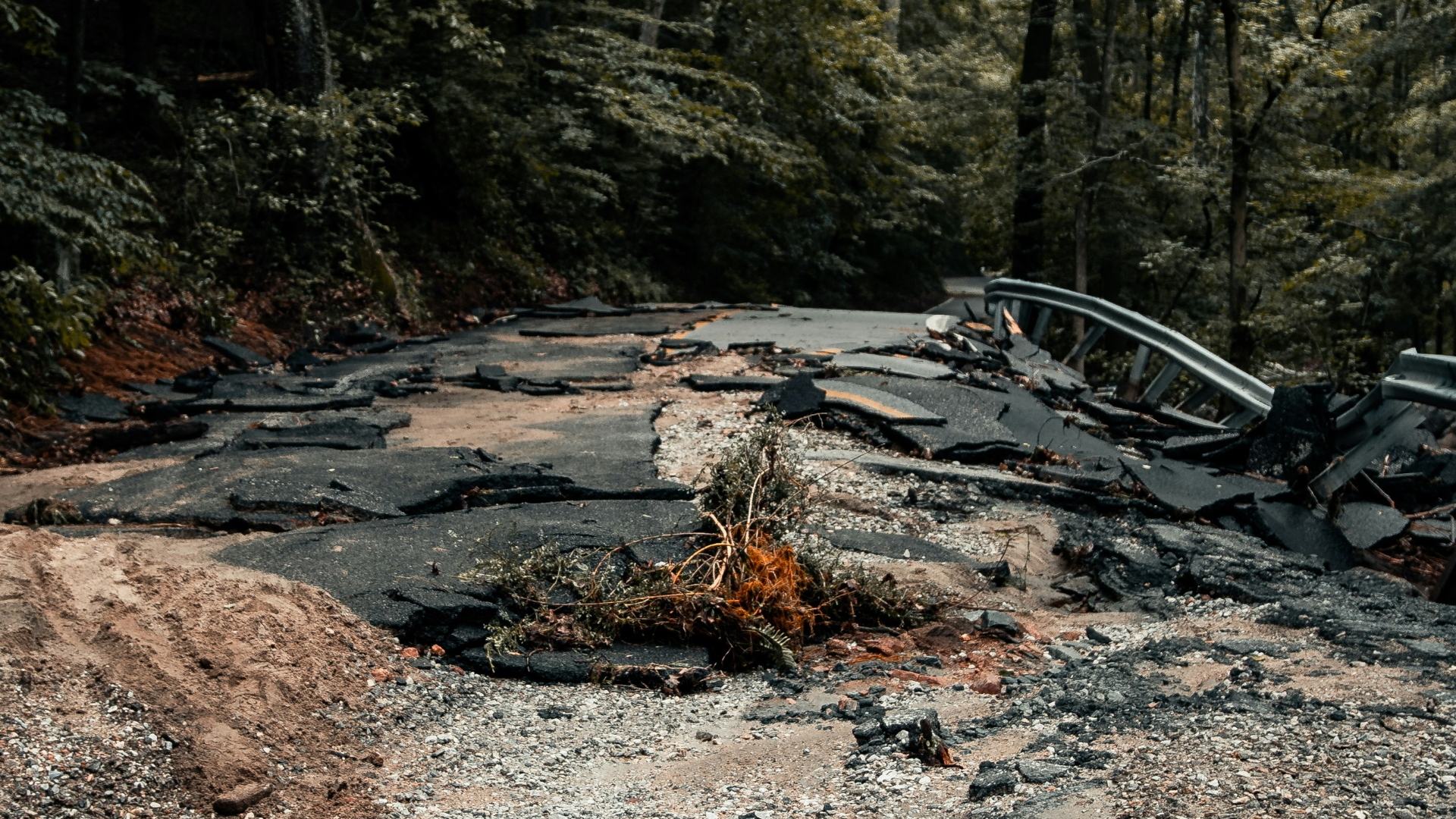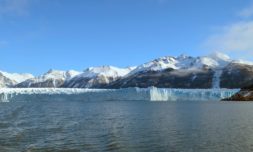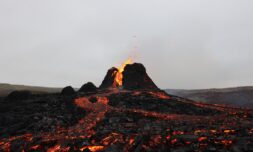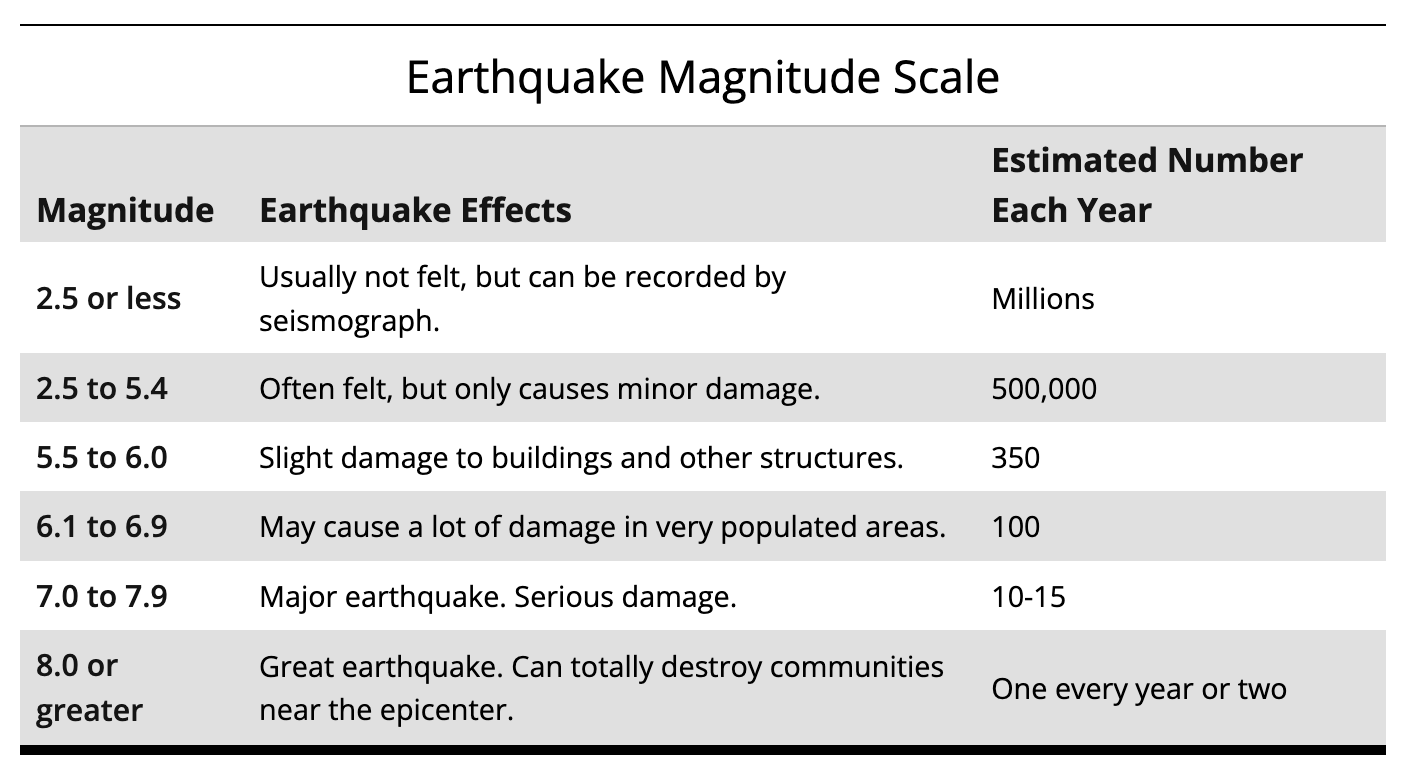Full disclaimer: I’m no scientist. I’m a journalist trying to understand the logic behind measuring earthquakes logarithmically – meaning each whole number increase represents a quake that is 10x stronger – when this isn’t intuitive to the public. Shouldn’t we measure them out of 100 instead?
In the early hours of July 30, a powerful 8.8 magnitude earthquake struck Russia’s Kamchatka Kari peninsula. It caused an volcano in the region to erupt and triggered tsunami warnings for Japan, Alaska, and Hawaii, as well further away places like French Polynesia, Chile, and the US Pacific Coast.
Though coastal communities in these areas were braced for an onslaught of huge waves, evacuating their homes for higher ground, tsunami warnings had been downgraded in the region by the early afternoon.
This was certainly a relief – many of countries braced for impact have experienced enough devastation from tsunamis in recent history – but I’m sure many people were left scratching their heads and shrugging when behemoth waves failed to appear.
It prompted The New York Times to publish a piece titled, ‘Why Did Such a Powerful Earthquake Produce Such a Weak Tsunami?’ So, seriously, why? The confusion likely has to do with the way earthquakes are measured, which is logarithmically, or rather, in measurements of ten.
In my humble non-scientific opinion, sticking to this kind of scale fails to adequately represent the difference in severity between one quake and another, making it confusing for the average layman.
Because the seismologists are unlikely to take my thoughts into consideration, come along with me to better understand how exactly the scale works and to explore the logic behind their decision.
Understanding the scale of an earthquake
The magnitude scale is used to measure and describe the energy produced by all kinds of earthquakes, from ones so small they are expressed in negative numbers to the strongest the planet has ever experienced.
Each time the number on the scale increases by a whole, it represents 10 times more shakiness in the quake and 32 times more energy released from the quake. The scale has no upper limit, though a magnitude 10 earthquake has never happened and is unlikely to.
A magnitude of 10 or higher is not possible because of basic geology. Earthquakes occur along the Earth’s fault lines, caused by the sudden movement of tectonic plates, and there is no fault line long enough to make a measurement of 10 possible.
Still some seismologists describe a 10 magnitude earthquake as so catastrophic that it would be like ‘the earth trying to – or having to – rip itself apart,’ which again, isn’t possible because of gravity and how the Earth is formed.






















